




Atruckrumblestoastopinfrontofalarge,open-airpavilion.Elephantsstandundertheshadeofnearbyteaktrees.Severalmahouts,thecaretakersofelephants,helpunloadapileofspikyvinesthatfillsthetruckbed.WeareattheThaiElephantConservationCenter(TECC)innorthernThailand.Thesevines,themahoutstellme,willbeusedtomakeanherbalmedicinefortheelephants’ care.
IfirstcametoTECCin2017,whileworkingasaguideforstudentgroups.Iquicklynoticedseveralinterestingthings.ThefirstwasthatTECChadoneofthemostadvancedelephanthospitalsintheworld,andonewaythecentertreatedelephantswaswithherbalmedicine.As an ethnobotanistwhostudiesthedifferentwaysthatpeopleuse,rely on,andrelatetoplants,thiscaughtmy attention.
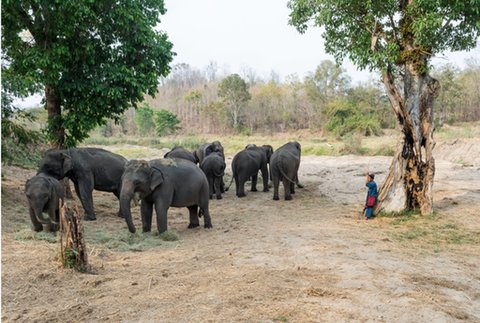
TheseelephantsliveattheThaiElephantConservation Center.
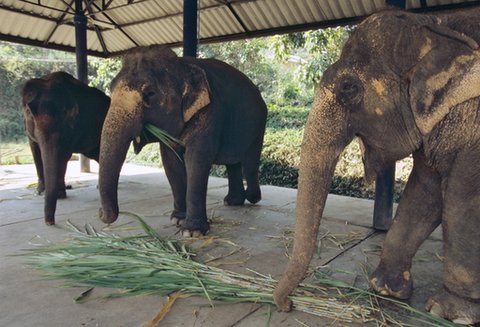
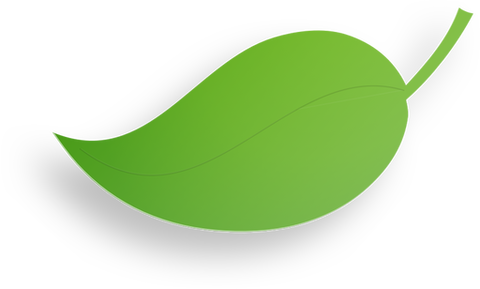
Elephantsusetheirtrunkstoliftgrassestotheir mouths.
Iknewthat“traditional”plant-basedmedicineandbiomedicine(or“Western”medicine)aren’toftenfound together.
WhydidTECCuseherbalmedicinealongsidebiomedicinewhencaringfortheir elephants?
AnotherthingInoticedwashowinterestedtheelephantswereintheirherbalmedicine.Elephantslovesweetfoods,justlikehumans.At TECC,theyaremainlyfedelephantgrass,butsugarcaneandsweetcornaretwooftheirfavorite snacks.
Oneofthemahoutstoldmethatthespikyvines,Tinosporacrispa, areapowerfulmedicineforpeople.Heencouragedmetotakeatinynibbleofthebittervine.Itwasintense!SobitterthatIcouldn’tswallowitwithoutadrinkof water.
Thenthemahouttossedpiecesofvinetothenearbyelephants.Theyquicklygrabbedthepieceswiththeirtrunks,crunchedthembetweentheirmassiveteeth,andswallowedthemdown.Whywouldthesesweet-lovingelephantshappilyeatsuchabitterplant?Didtheyknowitwasmedicine?Thesequestionsgnawedatme,andayearandahalflater,NationalGeographicSocietygavemeagranttoreturntoThailandtotrytofind
the answers.
Thesearepiecesofthespikyvineseatenby elephants.


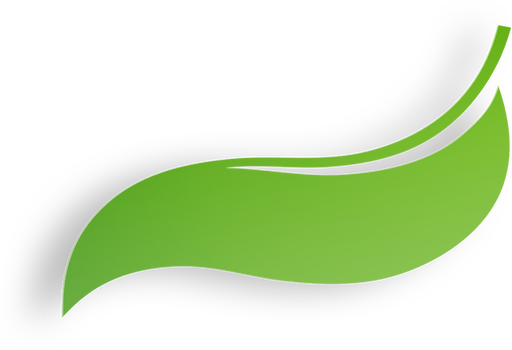
IworkinthefieldwithaKareninterpreteranda master healer.
WorkingWithElephants
ElephantshavecoexistedwithpeopleascaptivesandcompanionsforthousandsofyearsinThailand.Somecultureshavecloserrelationshipswiththemthanothers.IdecidedtoworkwithagroupofhighlandpeoplecalledtheKaren.TheyliveinthemountainsofnorthernThailandandneighboring Myanmar.
TheKarenarefamousfortheirknowledgeofelephants.Nooneknowswhenthisrelationshipbegan,butoneKarenstorytellsofhowtheelephantwasoriginallyhuman.Thenitlostitshumanityandbecameahelperof humankind.
Traditionally,elephantsplayedacriticalroleinnearlyeveryaspectoflifehere,similartotherolehorsesplayinotherpartsoftheworld.Theirknowledgeoftheforestmeantthatthebestwaytotravellongdistancesoverlandwasonthebackofan elephant.
Theirincrediblestrengthallowedthemtomoveheavyobjectslikestones,logs,andsacksofharvestedrice.Manyelephantsworkedintheloggingindustry,whichwasveryhardwork.Butascars,tractors,andmachineshavereplacedolderwaysoflife,elephants’usefulnesshas dwindled.
Loggingwithelephantsisoftenconsideredmoreenvironmentallyfriendlythanusingmachines,becauseelephantsdon’tneedroadstoaccessthejungle.But,centuriesofoverharvestingwasthreateningThailand’slastremainingforests,soin1989,loggingwas banned.

Twoelephantsworktogethertomove logs.
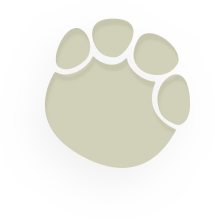



Aftertheban,elephantswerenolongerneededforthistypeofwork.Yet,theancientrelationshipbetweenpeopleandelephantsremainedstrong.Peopletriedtofindnewwaystoworkwiththeseincredibleanimals.Mostelephantsweremovedtoelephantcampsfortourists,wheretheyserveasanattractionforvisitorsfromaroundthe world.




